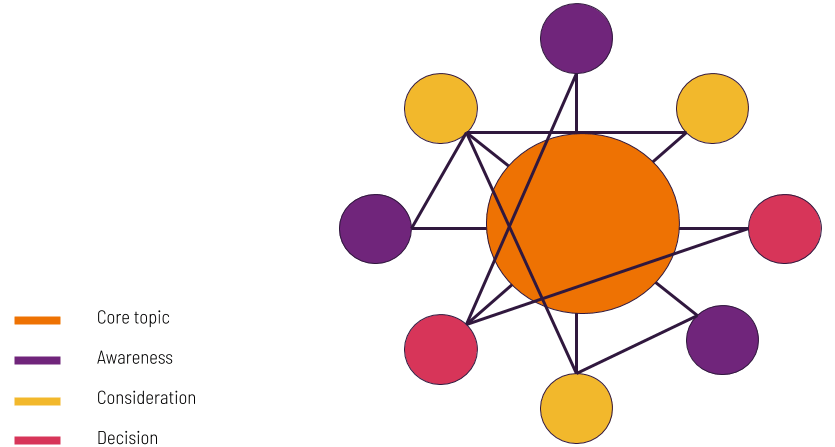If you have a small business and this small business has employees – how deeply have you thought about their happiness? As a small business owner, this might get forgotten about while you focus on your product/service, operations, marketing, sales, legal and finance! To find out why employee happiness, leadership and culture should be a top priority – listen to this episode of Forward Thinking.
Wondering what great companies do differently than the rest? Tune into this episode for some golden advice.
While working across 13 countries as a senior leader at Google, Hiam Sakakini mentored thousands of google managers and watched the company grow from 21 billion to 110 billion in revenue. Now transforming companies’ cultures as the CEO and founder of The Culture Equation, Hiam is able to mentor scaleups that are pre or post series B!
Without a doubt, Hiam has plenty of valuable knowledge to drop for business leaders and motivated workers who wish to incorporate more value to their teams in their own company and across industries.
 Hiam Sakakini (CEO and founder of The Culture Equation) and Brendan Hill (Employee #4 and head of content at Metigy)
Hiam Sakakini (CEO and founder of The Culture Equation) and Brendan Hill (Employee #4 and head of content at Metigy)
What you will learn in this episode:
- How Google’s interview process peaked Hiam’s interest in leadership development
- What the hiring process of Google can teach your business about leadership
- Why it’s a pitfall to promote someone who is simply exceeding expectations
- Practices your business can do to keep employees happy
- What working across 13 countries can teach you about working with a diverse culture
- Tools that can help you prioritise tasks in your startup
- Hiam’s verdict on what your business could look like in 20-30 years
- Using creativity and problem solving to future-proof yourself
Notable Quotes:
- “We’ve got to think differently about how we promote people into managing other people”
- “What’s exciting about coaching being the number one attribute of great leaders is that it flips the whole thinking around autocratic leadership to more servant leadership”
- “The only way of overcoming those challenges is through your people. Not moving your people around like pawns but actually working through them”
- “When they come to you with a challenge rather than giving them what you think is the answer, you ask them the questions that make them come up with the answers themselves. That’s what makes them feel more empowered”
- “Culture is your autoimmune system. It fights the bad things that try to attack an organism and allows good things in”
Resources mentioned:

- Project oxygen Google’s 10 great traits of leaders and managers
- Asana
- Virtual Hub
- Xero
Book recommendations:
- Work Rules by Laszlo Bock
- Mindset by Carol Dwax
- When by Daniel H. Pink
What business would you build on Mars?
Now just to confirm when you get to Mars, there’s no way back, right? I just can’t deal without food and cafe, so it’d have to be a cafe. Maybe martians like food and coffee. Who knows! Flat white – strong. And equal! Maybe that’s something that’ll bring us together with our hosts on Mars. Maybe they can have their own menu and we can have our own menu and try each other’s out.Reach Hiam here:
- on Linkedin
Transcript










